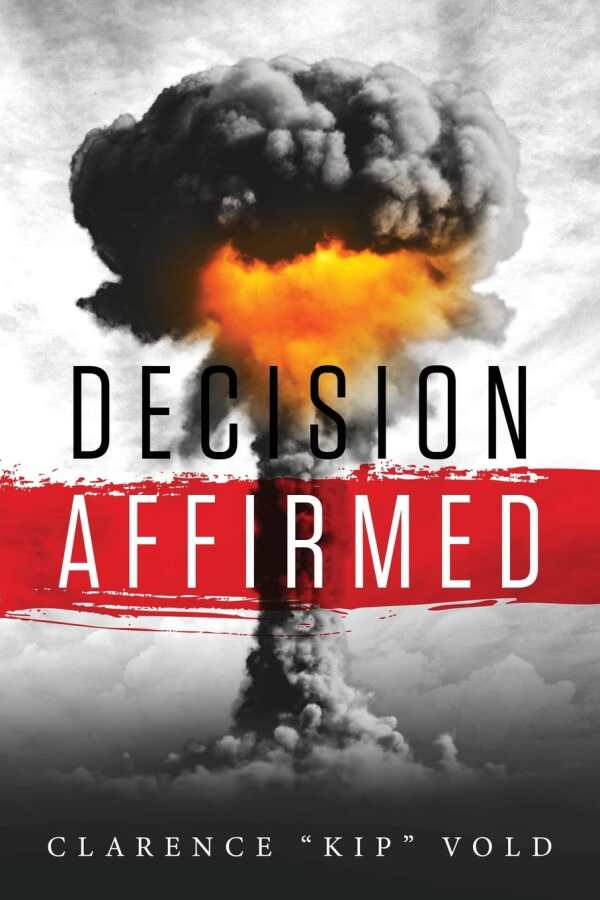Decision Affirmed
Decision Affirmed is a draining but rewarding history of World War II in the Pacific.
Clarence Vold’s Decision Affirmed concerns one of the most controversial decisions in modern history: that to drop two atomic bombs on Japan in August of 1945.
This long history begins fourteen years before the bombings of Hiroshima and Nagasaki. It recalls how, in 1931, the Japanese military, specifically the elite Kwantung Army, invaded Manchuria in northeastern China. After defeating a warlord and Kuomintang forces in Manchuria, the Japanese created a puppet state ruled by Pu-Yi, the last Qing emperor of China.
From here, the book says, the Japanese leviathan steamrolled much of China. Later, at the same time as the bombings at Pearl Harbor, the Japanese military launched near-simultaneous assaults on British, French, American, and Dutch possessions in Southeast Asia. This is information that has to be remembered as the book progresses; it is meant to support the book’s main argument that the bombings were justified due to Japanese behavior during the war.
Bolstered by hundreds of citations taken from hundreds of sources, the book also features multiple appendixes. They cover topics including Japan’s Twenty-One Demands on China, made in 1915, and the Japanese declaration of war. This thorough research leads into clear, concise points, including that the Japanese military had shown time and time again that they would not surrender to the Western Allied forces unless they had been decimated first.
Though that point is a blunt one, the elephantine history devotes much paper and ink to going over the minutia of World War II battles, contingency plans, and more to arrive at it. From the capture of the Aleutian Islands to the Japanese-backed insurgency in the Dutch East Indies, its is an exhaustive catalog of the conflict, during which it becomes easy to lose sight of the apocalyptic bombings.
The writing is clean but includes jargon and details like troop numbers, the tonnage of bombs a B-17 can hold, and how many of the American and Filipino troops on Luzon were sick with malaria prior to the Bataan Death March. The sheer amount of detail, coupled with the book’s emphasis on describing every event and motivation that led to the atomic bombings, makes for grueling consumption.
Where this book succeeds is in its reasoning and conclusion. Contemporary college students and the American general public tend to view the atomic bombings as somehow separate from the war, which makes them easier to condemn as a barbaric attack. By describing the true horrors perpetuated by the Japanese war machine, and by recounting all the tough and blood-soaked island fights between the Japanese and the Allies, this book becomes a reminder of the essential fact that the bombs were dropped to end the deadliest war in human history.
Decision Affirmed is a draining but rewarding history of World War II in the Pacific.
Reviewed by
Benjamin Welton
Disclosure: This article is not an endorsement, but a review. The publisher of this book provided free copies of the book and paid a small fee to have their book reviewed by a professional reviewer. Foreword Reviews and Clarion Reviews make no guarantee that the publisher will receive a positive review. Foreword Magazine, Inc. is disclosing this in accordance with the Federal Trade Commission’s 16 CFR, Part 255.

